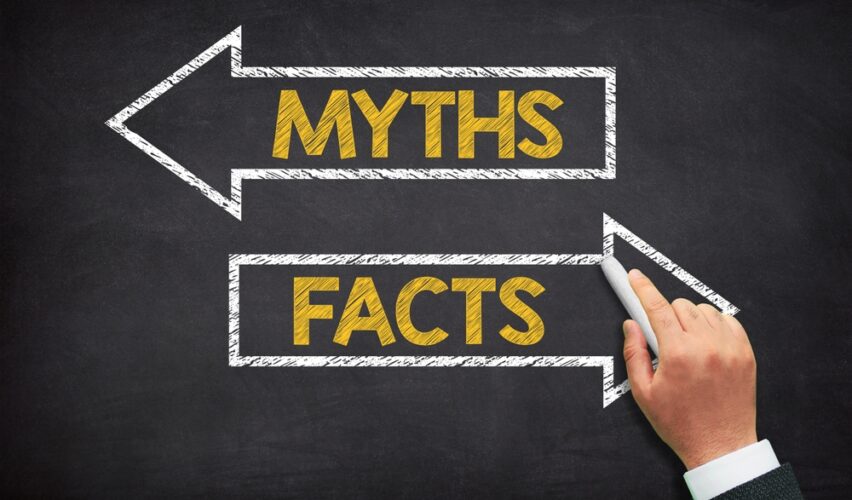When it comes to federal retirement planning, the OPM is not allowed to give you financial advice. As a result, far too many pre-retirees rely on advice from fellow feds. Unfortunately, this results in a number of myths that can throw a monkey wrench into your retirement.
Myth: You’ll Start Receiving Your Pension Immediately
Not true at all. The OPM usually takes several months to process your application for an immediate annuity (pension). Add to this, there tends to be a backlog of applications at the end of the year. Around the third month after retire, you’ll start receiving interim payments of about 80% of your full net annuity. But it can take another three months before your first full pension check comes in. Make sure you have savings to cover the income gap in the meantime.
“In fact, surveys show a fair number of retirees spend more than usual in the first few years of retirement.”
Myth: You’ll Spend Less In Retirement
Don’t count on it. It’s probably safe to say that most retirees want to maintain the same standard of living they had during their working years. As a result your monthly expenses in retirement may be around the same as when you’re working. In fact, surveys show a fair number of retirees tend to spend more than usual in the first few years of retirement. When you add in inflation, stock market volatility and the rising cost of healthcare, your total retirement income may not be enough to cover expenses over a 20-to-30-year retirement.
Myth: You’ll Be In A Lower Tax Bracket When You Retire
Not necessarily. Many retirees are shocked to find how much Uncle Sam taxes their FERS annuity (pension) and Social Security income. Add to this, since your TSP is funded with pre-tax income, 100% of your distributions will be subject to federal income taxes, too. When you consider that the Trump-era tax cuts will expire on December 31, 2025, everyone will be paying higher income taxes starting in 2026.
Myth: You Have To Start TSP Distributions As Soon As You Retire.
Not true. You don’t have to take any TSP distributions until you reach the age for Required Minimum Distributions (RMDs) from your traditional TSP. As of January 1, 2023, the age for RMDs is 73 for those born after December 31, 1950. By 2033, the age for RMDs will increase to 75. Even better — starting on January 1, 2024, Roth TSP balances are no longer subject to RMDs.
Don’t plan your retirement based on rumors at the office. Work with an FRC® trained advisor who understands the ins and outs of your federal benefits.


























